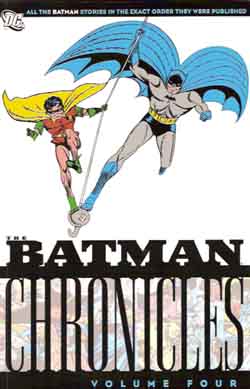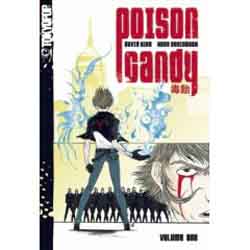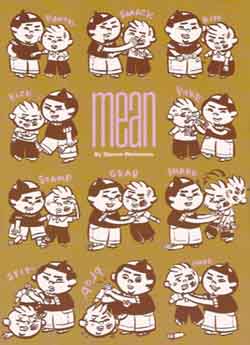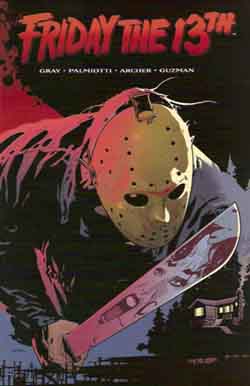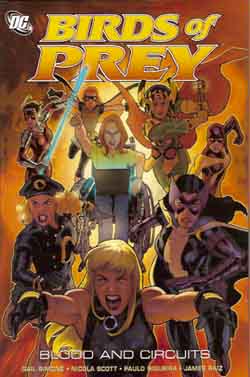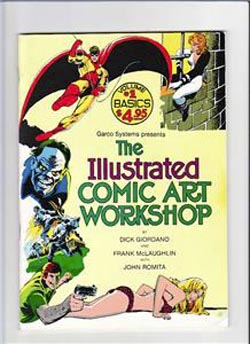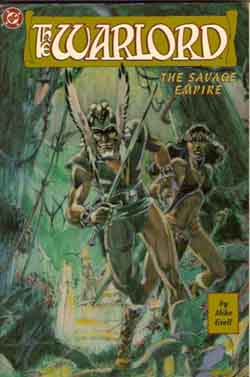
By Mike Grell (DC Comics)
ISBN: 1-56389-024-0
During the troubled 1970s the American comics industry suffered one of its periodic downturns and publishers cast about for other genres to bolster the flagging sales of superhero comics. By revising their self-imposed industry code of practice (administered by the Comics Code Authority) to allow supernatural and horror comics, the publishers tapped into the global revival of interest in spiritualism and the supernatural, and as a by-product opened their doors to Sword-and-Sorcery as a viable genre, with Roy Thomas and Barry Smith’s adaptation of R. E. Howard’s Conan the Barbarian an early exemplar.
DC launched a host of titles into that budding market but although individually interesting (especially the fascinating Stalker, illustrated by Steve Ditko and Wally Wood) nothing seemed to catch the public’s eye until number #8 of the try-out title First Issue Special.
In that comic superhero artist Mike Grell launched his pastiche and tribute to Edgar Rice Burroughs’s Pellucidar – At the Earth’s Core, which after a rather shaky start went on to become, for a time, DC’s most popular title.
In 1969 Colonel Travis Morgan, a U2 spy-pilot is shot down whilst filming a secret Soviet base, although he manages to fly his plane over the North Pole before ditching. Expecting to land on frozen Tundra or pack-ice he finds himself inside the Earth, in a lush tropical Jungle populated by creatures from every era of history and many that never made it into the science books. There are also cavemen, savages, mythical beasts, barbaric kingdoms and fabulous women.
Time does not seem to exist in this Savage Paradise and as Grell’s stated goal was to produce a perfect environment for yarn-spinning, not a science project, the picky pedant would be well advised to stay away. These are pure escapist tales of action and adventure, light on plot and angst but aggressively and enthusiastically jam-packed with fun and thrills. There is a basic plot-thread to hang the stories on, but you’ll thank me for not sharing it as the real joy of these tales (reprinting that try-out and issues #1-10 and #12) is in the reading. This is a total-immersion comic experience to be felt, not considered. Go for it!
© 1975, 1976, 1977, 1978, 1991 DC Comics. All Rights Reserved.

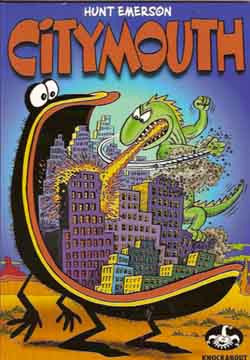
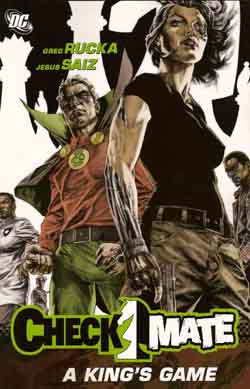 By Greg Rucka
By Greg Rucka